We're trying something different this year...
Instead of the typical weekend-long spring plant sale— we are opening the Ruffner Greenhouse every Saturday in April from 10 am - 2 pm for visitors to shop for native plants from Ruffner Mountain and Turkey Creek Nature Preserve. This means more opportunities to buy native plants!
Ruffner members will receive 10% off their purchase!
Not a member? Become one!
https://ruffnermountain.org/membership
You can view the plant inventory list here:
https://ruffnermountain.org/2023-spring-plant-sale-inventory
(Please note: some plant species may not be available for all dates, quantities may be limited, and in-person only—no online sales this time.)
The Ruffner Greenhouse is located at the entrance of Ruffner Mountain's South East Lake Entrance and Nature Center; 1214 81st Street S. Birmingham, AL 35206. Parking for plant shoppers will be shared with all Ruffner visitors at this parking lot and don't worry, we will have directional signage to the greenhouse!
Graphics by Kyle Humphrey



























